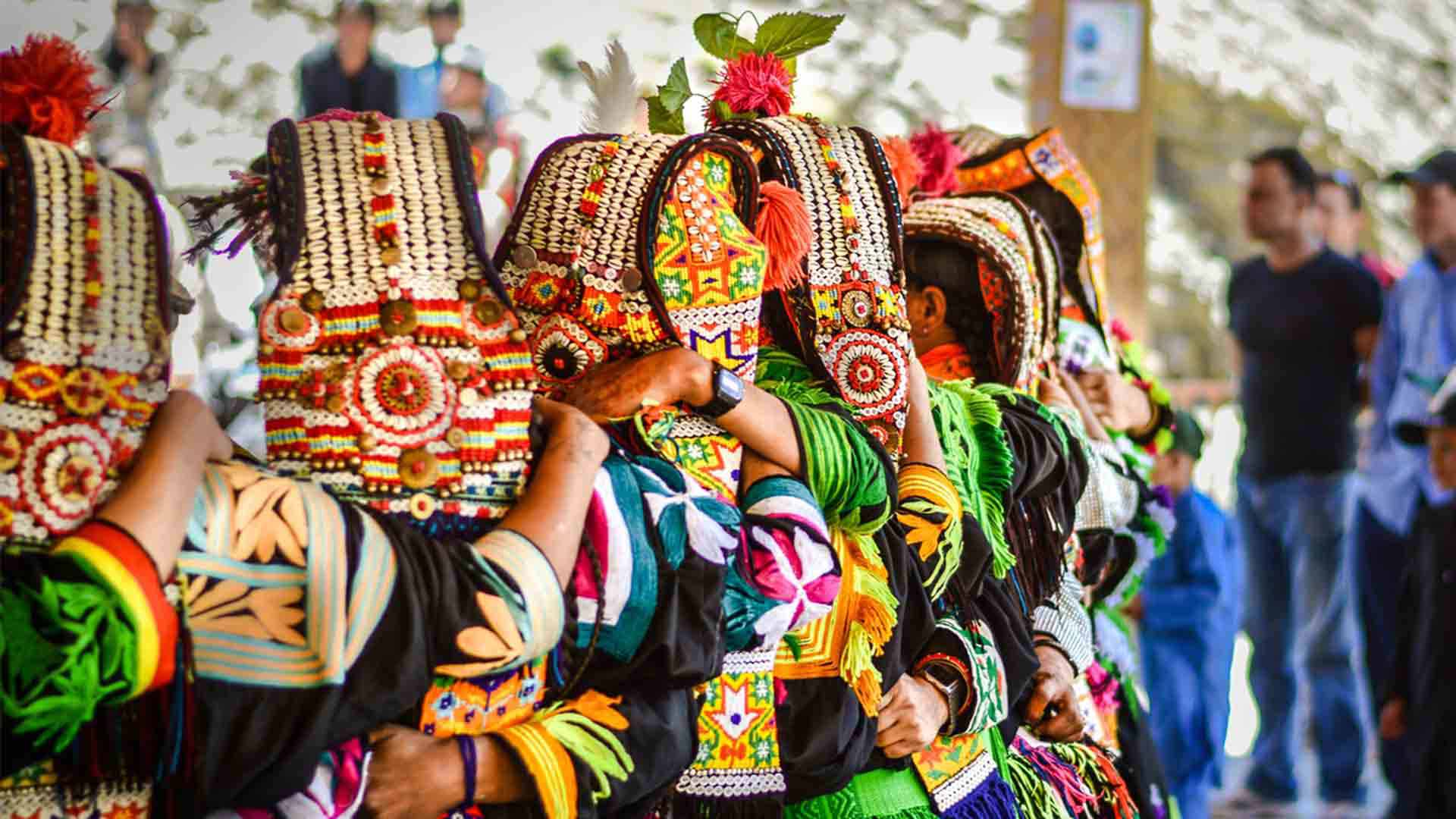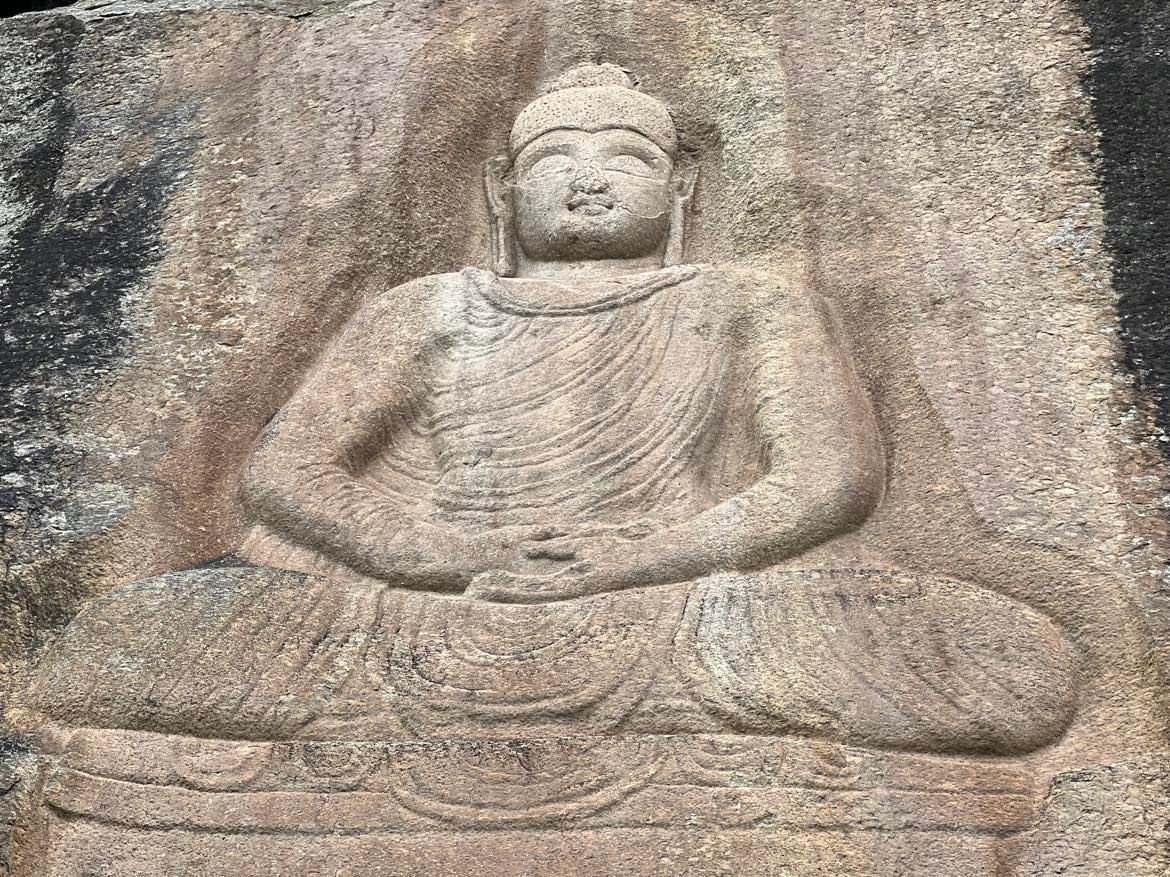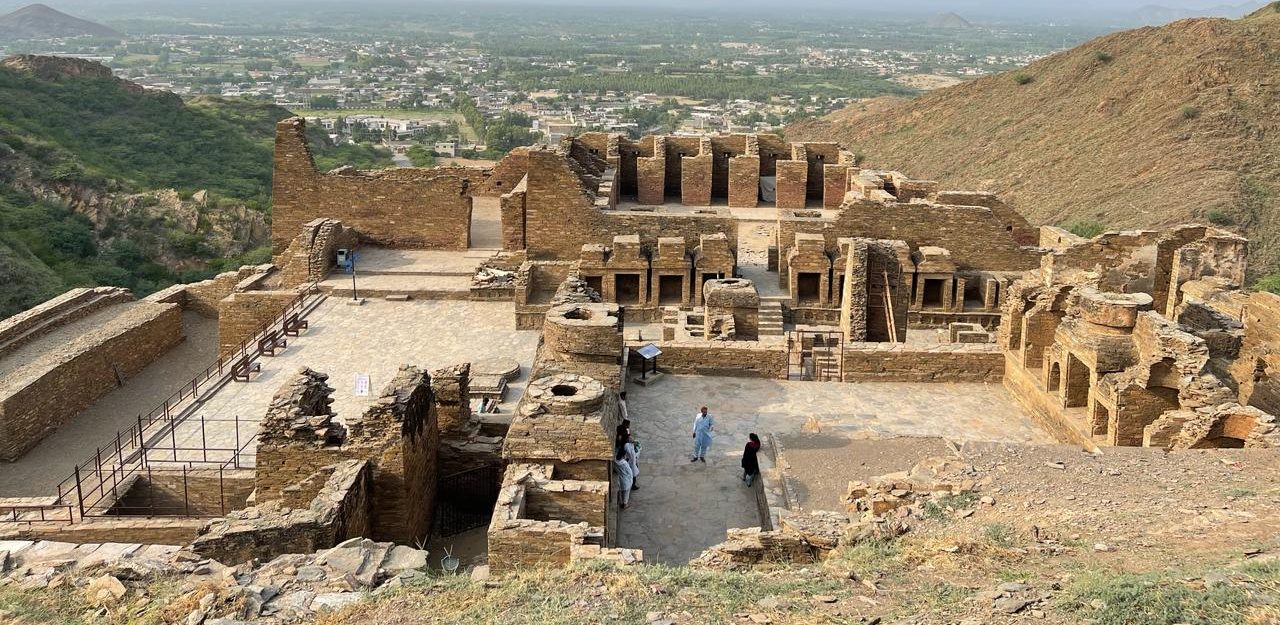
Uchal Kalash – Summer Festival – 16 Aug to 30 Aug 2026
Uchal Kalash Summer Festival is the perfect trip for those who are enthusiastic in studying the life styles and ancient customs of the Kalash tribes living in three isolated valleys of Bumboret, Rambur and Birir in the heart of the Hindukush mountains.


